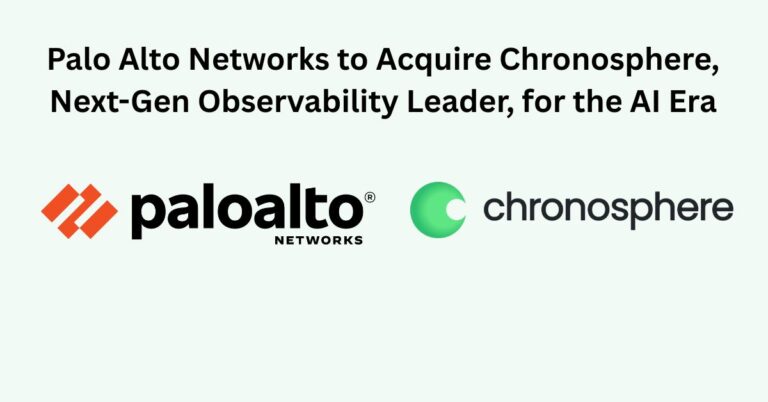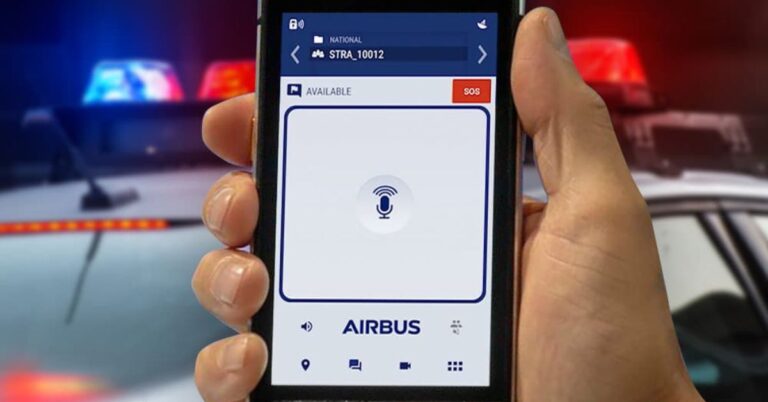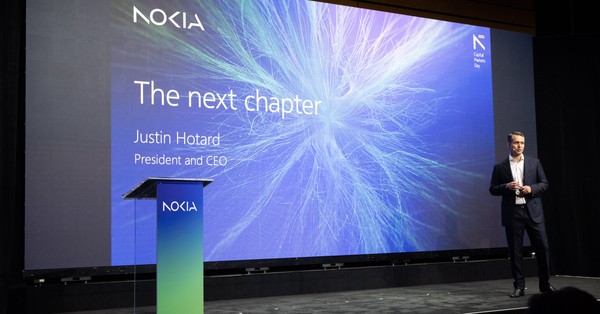Acquisition overview and AI observability strategy
Palo Alto Networks is buying Chronosphere to fuse cost-efficient, large-scale observability with AI-driven automation for modern cloud and AI data centers.
Deal value, structure, and close timeline
Palo Alto Networks agreed to acquire Chronosphere for approximately $3.35 billion in a mix of cash and replacement equity, with closing expected in the second half of PANW’s fiscal 2026 (ending July 31). Chronosphere reported more than $160 million in ARR as of September 2025 with triple-digit growth, and has been recognized as a Leader in Gartner’s 2025 Magic Quadrant for Observability Platforms. Post-close, Chronosphere is expected to continue operating independently while integrating with Palo Alto Networks’ platforms.
Why AI-era operations need scalable, autonomous observability
The bet is straightforward: AI-era applications and data centers require constant uptime, rapid root-cause analysis, and closed-loop remediation at petabyte scale. Chronosphere brings a next-generation observability architecture and telemetry pipeline built for scale and cost control. Palo Alto Networks brings its AI agent platform, Cortex AgentiX, plus deep security data and workflows. Together, they aim to turn observability from passive dashboards into autonomous, governed remediation that blends performance and security insights.
How AI workloads reshape observability requirements
Exploding AI adoption is stressing traditional observability stacks on both scale and economics.
Real-time reliability across dense AI infrastructure
AI infrastructure is being deployed at unprecedented density, with frontier model training and inference spread across heterogeneous GPU fleets, high-speed fabrics, and disaggregated storage. In this world, SLO breaches can cascade quickly and downtime is unacceptable. Observability must be real time, resilient, and comprehensive across metrics, logs, traces, and events—spanning cloud, on-prem, and edge locations.
Data pipeline efficiency and cost control at scale
Full-fidelity observability has become cost-prohibitive for many enterprises as data volumes surge. The AI era compounds this with massive telemetry from accelerators, microservices, and data pipelines. Platforms that can optimize ingestion, transform data at the edge of the pipeline, and route only what matters reduce total cost of ownership without sacrificing detection efficacy.
What AgentiX and Chronosphere enable together
The combined stack will target autonomous remediation at petabyte scale by pairing an optimized data plane with AI agents.
From monitoring to governed, autonomous remediation
Chronosphere’s architecture ingests and analyzes large, complex environments with a heavy focus on reliability and cost control. Overlaying Palo Alto Networks’ AgentiX aims to add AI agents that detect anomalies, investigate root causes across signals, and trigger governed remediation actions. The promise is faster MTTR, fewer manual escalations, and standardized runbooks encoded as agentic workflows.
Telemetry pipeline optimization and OpenTelemetry support
A key differentiator is Chronosphere’s telemetry pipeline, which can transform, downsample, and route data to make large-scale ingestion economically viable. Combined with AI-driven prioritization, customers could retain critical telemetry at high fidelity while reducing spend on low-value data. Expect deeper support for industry standards such as OpenTelemetry to ease instrumentation and portability.
Converging SecOps and ObservabilityOps
This move accelerates the ongoing convergence of SecOps and ObservabilityOps. Palo Alto Networks can correlate security, performance, and infrastructure signals, then automate response across both domains. In a market where Cisco acquired Splunk and application observability leaders like Datadog, Dynatrace, New Relic, and Grafana Labs are expanding their security analytics, PANW is staking out a security-first observability position centered on AI agents and closed-loop control.
Impact on telecom, 5G, and edge operations
AI-native observability has direct implications for telco cloud, 5G core, and distributed edge workloads.
Telco cloud SRE and 5G core automation
Carrier-grade SLOs demand real-time fault isolation across CNFs, service meshes, and multi-vendor infrastructure. An observability platform that can correlate performance with policy and security posture, and then execute automated corrections, fits squarely into next-gen NOC/SOC convergence and AIOps for 5G SA cores.
Edge AI and RAN inference observability
As operators push inference to the RAN and metro edge for video analytics, network optimization, and enterprise SLAs, they need low-latency telemetry and autonomous remediation close to the workload. A data-efficient pipeline that can transform and route telemetry locally before central aggregation helps reduce backhaul costs while maintaining real-time insight.
Governance, safety, and compliance for autonomous ops
Autonomous remediation must be governed—especially in regulated environments. Expect demand for role-based controls, policy guardrails, human-in-the-loop approvals for high-impact actions, and auditability across agent decisions. Alignment with standards frameworks and compliance regimes will be critical for adoption in telecom and critical infrastructure.
Market dynamics and competitive positioning
The acquisition underscores intensifying competition to own the AI operations stack across security, observability, and automation.
Platform consolidation and blurred category lines
Security vendors are moving into observability, and observability vendors are expanding into security analytics and automation. Palo Alto Networks’ earlier agreement to acquire CyberArk (identity security) and Cisco’s acquisition of Splunk highlight a broader platformization trend: buyers want fewer, more integrated control planes that span detection, investigation, and response.
Open standards, portability, and vendor flexibility
OpenTelemetry, eBPF-based data collection, and cloud-native patterns remain essential for portability and vendor risk management. Buyers will expect seamless ingestion from heterogeneous stacks, flexible data retention policies, and the ability to export or federate telemetry across ecosystems without punitive costs.
Actions for technology and telecom leaders
CIOs, CTOs, and network strategists should assess how AI-driven observability and autonomous operations fit into their reliability and cost agendas.
Immediate steps and pilots
Map critical services and SLOs to current telemetry coverage, data costs, and MTTR. Identify where autonomous remediation could cut toil in incident response and change management. Pilot agent-governed runbooks with strict guardrails in non-critical domains before expanding.
Vendor due diligence questions
Ask about the integration roadmap for AgentiX with Chronosphere’s pipeline, data residency and sovereignty options, support for OpenTelemetry and existing agents, cost controls for petabyte-scale ingestion, safety policies for AI actions, and cross-domain correlation between performance and security signals.
Signals to watch post-announcement
Watch regulatory approvals and close timing, joint product milestones, reference deployments in AI data centers and telco clouds, pricing and packaging shifts, and ecosystem integrations across clouds, CNFs, and edge platforms. Evidence of reliable, governed autonomous remediation at scale will be the true differentiator.









































